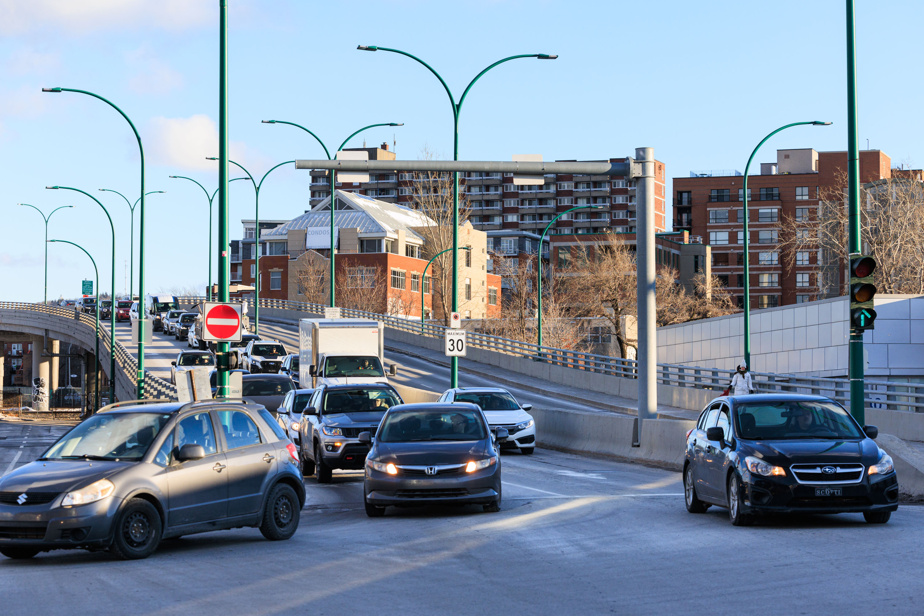This is the social cost per person of a car in Montreal, on an annual basis, according to a report published by Gabrielle Beaudin and Muriel Julien, two sustainable development students at HEC Montreal, and their economics professor, David Benatia . The public transport bill comes to $7,450, while cycling costs $2,400 and walking, $2,050. These figures are calculated by relating the social cost – i.e. infrastructure investments – to the surface area used by each mode, the associated private expenditure and other “external costs”, such as congestion or GHG emissions.
On an annual basis, the research team calculates that the costs of automobile commuting represent $9.4 billion in the metropolis. The bill for public transit is $3.7 billion, that of cycling $113 million and that of walking $335 million. The study is also accompanied by an online “calculator” to evaluate the real costs of your transportation habits. You indicate your travel distance, mode, borough and estimated time, with and without congestion. Thus, for a recurring trip of barely 10 kilometres per day in Ville-Marie by car, for a total of 35 minutes with congestion, a motorist costs society more than $20,000.
The researchers point out that if each motorist with a one-way trip of 10 kilometers or less – most often to work or school – took the bike or public transport, savings of around 1.7 billion could be released each year. In a scenario of postponing journeys of 7 kilometers or less, the saving would still be 1.2 billion. In addition, it would lead to a 42% reduction in GHGs, a 15% reduction in congestion and a 37% reduction in the cost associated with road accidents. At 5 kilometers and less, society would save approximately 840 million annually.
The authors of the study also estimate that cars are taking up more space in Montreal since the pandemic. The report estimates the car modal share on the island at 50% in 2023, compared to 45.8% in 2018, according to the most recent data from the Origin-Destination (OD) Survey. The place of public transport would have fallen from 38.6% to 30.5% in five years, while cycling gained a little ground, from 3.5% to 4.2%. The HEC Montréal report arrives at these estimates based on the evolution of the automobile fleet, the number of annual visits to the STM and the meters on the cycle paths, but no official data is yet available to date.
The study also finds that car bills tend to increase in neighborhoods where the value of buildings is higher. For example, in the city center, expenses associated with automobile use are $2.36 per person-kilometer and $0.89 per person-kilometer for public transit. This is almost 50% higher than the metropolitan average. This trend is also visible “on Le Plateau-Mont-Royal (1.49 times more expensive for the car), […] Mont-Royal (1.67 times more expensive for the car), Outremont (1.79 times more expensive for the car), Hampstead (2.29 times more expensive for the car) and Westmount (2.35 times more expensive for the car),” say the authors.




